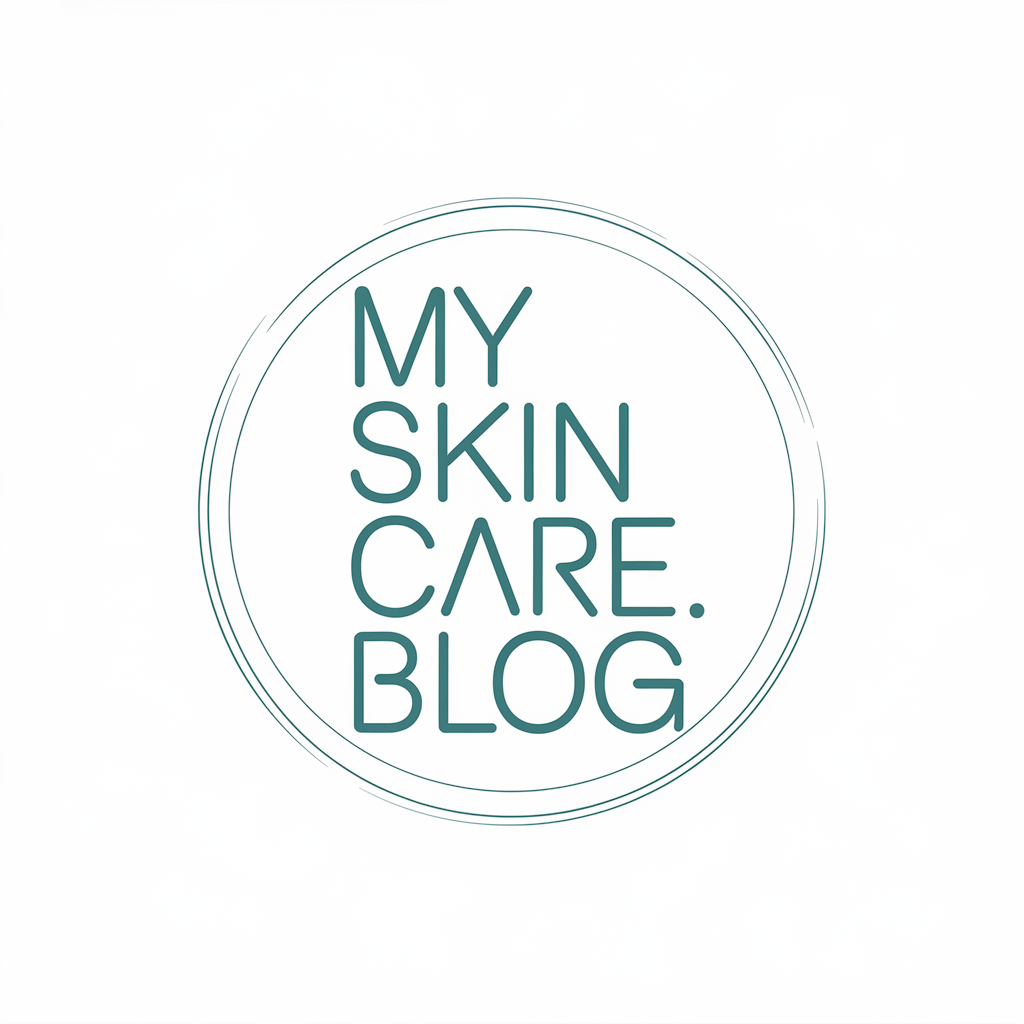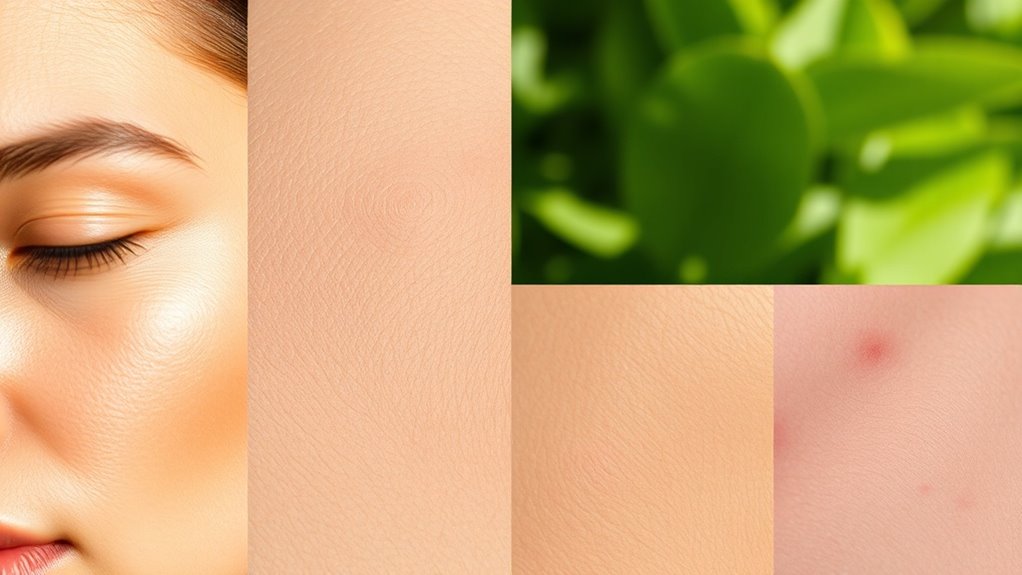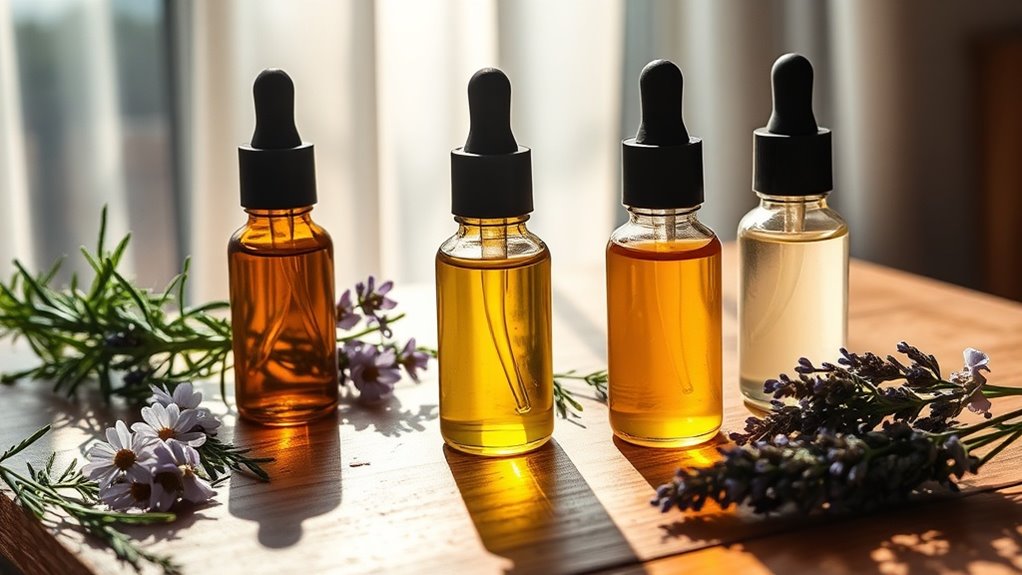Not Sure What Your Skin Type Is. Here.s How to Tell Fast
Did you know that nearly 60% of people aren’t aware of their true skin type? This lack of knowledge can lead to improper skincare choices that might exacerbate issues rather than resolve them. Identifying your skin type doesn’t have to be complicated or time-consuming. There are several straightforward methods to help you get clarity, leading to more effective skincare routines and healthier skin. So, how do you get started?
Understanding the Different Skin Types
To identify your skin type effectively, it’s essential to understand the four primary categories: oily, dry, combination, and sensitive skin.
A skin type guide can help you recognize these differences. Oily skin typically appears shiny, dry skin feels tight, combination skin shows both characteristics, and sensitive skin often reacts to products. Knowing your skin type allows you to choose the right skincare regime efficiently. Additionally, mastering professional techniques can further enhance your understanding of how to accurately determine your skin type at home.
The Simple Bare-Faced Test
Understanding your skin type can significantly enhance your skincare routine, and one of the most effective methods to determine it’s the simple bare-faced test.
To perform this test, follow these steps:
- Remove all makeup
- Cleanse your face gently
- Pat dry with a clean towel
- Wait for an hour
- Observe how your skin feels and behaves
This approach offers clarity on your unique skin type. Additionally, it can help you identify whether your skin tends to be oily, which is characterized by excess sebum production, allowing you to tailor your skincare routine accordingly.
The Blotting Sheet Method
One effective way to determine your skin type is through the blotting sheet method, which provides immediate insights into oil production.
To use this method, press a clean blotting sheet against different areas of your face.
Examine the sheet: if it has little to no oil, you likely have dry skin; a moderate amount indicates normal to combination skin; excessive oil suggests oily skin.
Observing Your Skin Throughout the Day
As you go about your day, pay attention to how your skin behaves in different environments and under various conditions.
Note these characteristics to better understand your skin type:
- Oiliness after sweating
- Tightness in dry indoor air
- Flakiness when exposed to cold
- Excess shine during midday
- Sensitivity after using certain products
These observations can help you identify your skin’s unique needs and tailor your skincare routine accordingly. Additionally, be mindful that certain everyday habits can trigger acne breakouts, which may influence your skin’s overall health and appearance.
Seasonal Changes and Your Skin
While the changing seasons can significantly impact your skin’s condition, it’s crucial to recognize how temperature, humidity, and exposure to the elements affect your skin type.
Cold winter air can dry your skin, while summer heat may trigger excess oil production. Monitoring these seasonal shifts helps you adapt your skincare routine, ensuring it aligns with your skin’s evolving needs throughout the year. Additionally, avoiding common winter skincare mistakes can further enhance your skin’s health during colder months.
Consulting a Dermatologist for Clarity
Consulting a dermatologist can provide invaluable insight when trying to determine your skin type, especially if you’re facing persistent issues or uncertainty. A specialist can:
- Perform a thorough skin analysis
- Recommend tailored skincare products
- Identify underlying skin conditions
- Suggest suitable treatments
- Educate you on proper skin care practices
Additionally, a dermatologist can also guide you towards understanding the difference between natural vs. chemical skincare, helping you make informed choices about products that will be most effective for your skin type.





